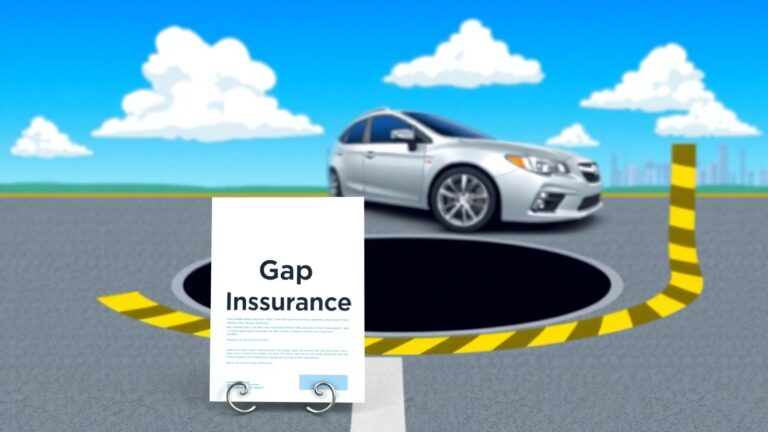What Is Gap Insurance for Cars?
When purchasing a new or used car, you’ll encounter various types of insurance coverage. One that often raises questions is gap insurance. If you’ve never heard of it or aren’t quite sure how it works, don’t worry—you’re not alone. Let’s take a calm, straightforward look at what gap insurance is, who might need it, and why it could be a helpful addition to your auto insurance policy.

Understanding Gap Insurance
Gap insurance—short for Guaranteed Asset Protection—is a type of coverage designed to bridge the “gap” between what you owe on your car loan or lease and the car’s actual cash value (ACV) if it’s totaled or stolen.
Here’s why that gap exists:
- Cars depreciate quickly, especially in the first few years.
- Standard auto insurance pays only the car’s current market value at the time of a total loss.
- If you owe more on your loan or lease than the car is worth, you could be left paying the difference out of pocket.
Gap insurance covers that remaining balance, so you’re not stuck with unexpected debt.
Who Might Need Gap Insurance?
Gap insurance isn’t for everyone, but it can be beneficial in certain situations:
✔ You’re leasing a car – Many leasing companies require gap coverage.
✔ You financed a new car with a small down payment – If you put less than 20% down, depreciation may outpace your loan balance.
✔ You have a long-term auto loan (e.g., 5-7 years) – Slower equity buildup means you could owe more than the car’s value for years.
✔ You drive a fast-depreciating vehicle – Some brands and models lose value quicker than others.
If you’ve paid off a significant portion of your loan or own your car outright, gap insurance likely isn’t necessary.
How Does Gap Insurance Work?
Let’s say you bought a car for 30,000∗∗,butafterayear,it’sonlyworth∗∗22,000 due to depreciation. If you total the car, your standard insurance would pay 22,000∗∗(minusyourdeductible).Butifyoustillowe∗∗25,000 on your loan, you’d be responsible for the $3,000 gap.
With gap insurance, that $3,000 would be covered, leaving you without unexpected financial strain.
Where Can You Get Gap Insurance?
You can typically purchase gap insurance through:
- Your auto insurer (often as an add-on to your policy)
- Your car dealership (though it may be more expensive)
- Your lender or leasing company
Before buying, compare costs—some providers offer it at a more affordable rate than others.
Final Thoughts
Gap insurance provides peace of mind for drivers who might otherwise face a financial shortfall after a total loss. While not everyone needs it, those with loans or leases on newer vehicles may find it a worthwhile addition.
If you’re unsure whether gap insurance is right for you, consider your loan balance, down payment, and how quickly your car loses value. A quick conversation with your insurer or lender can help clarify whether it’s a smart choice for your situation.
